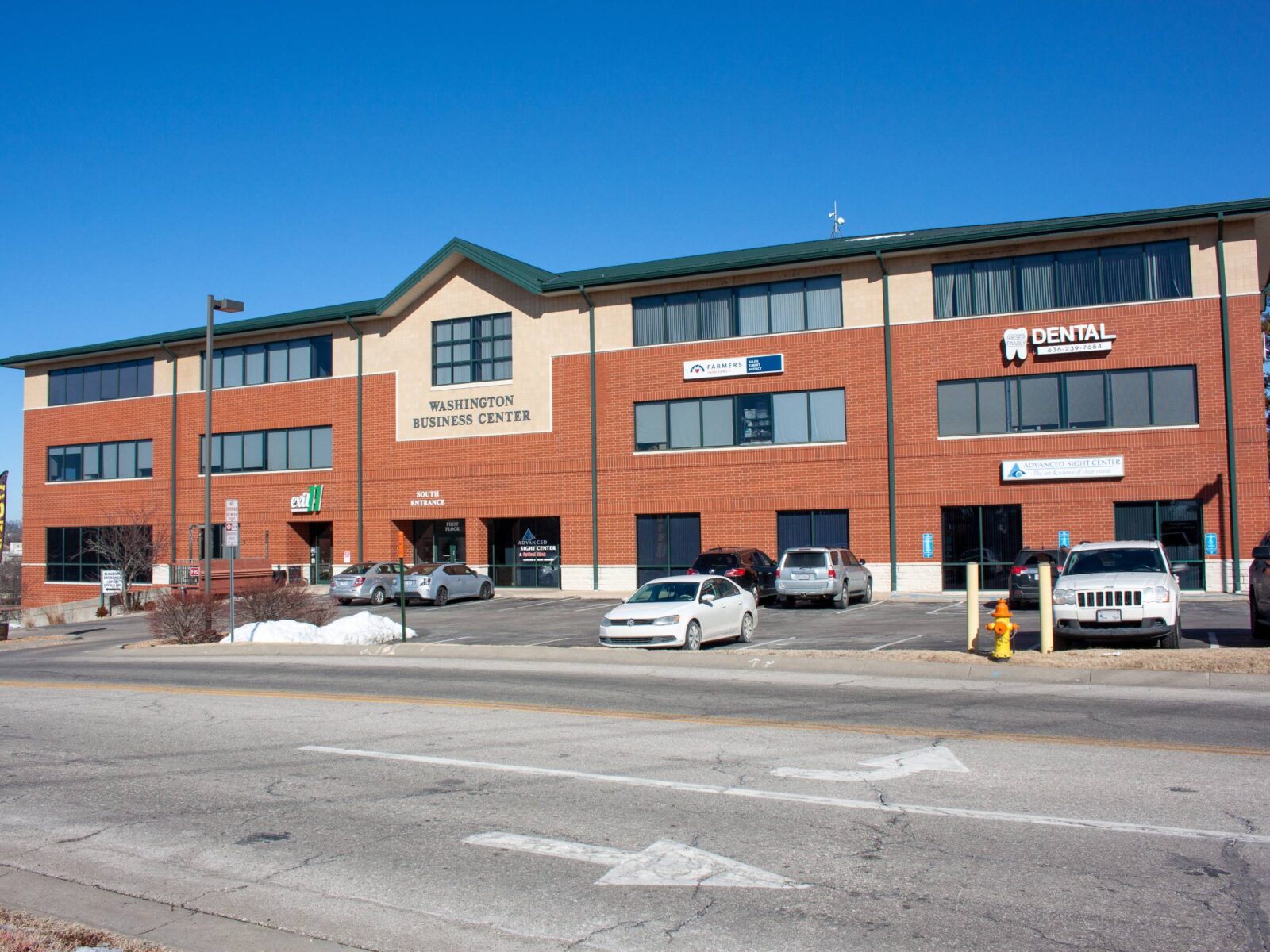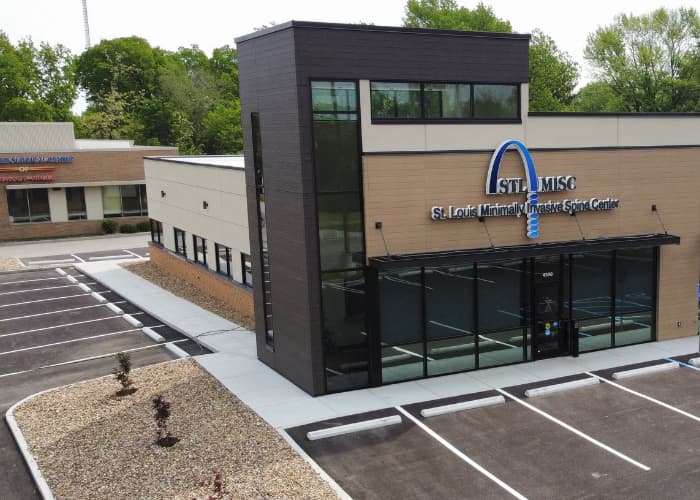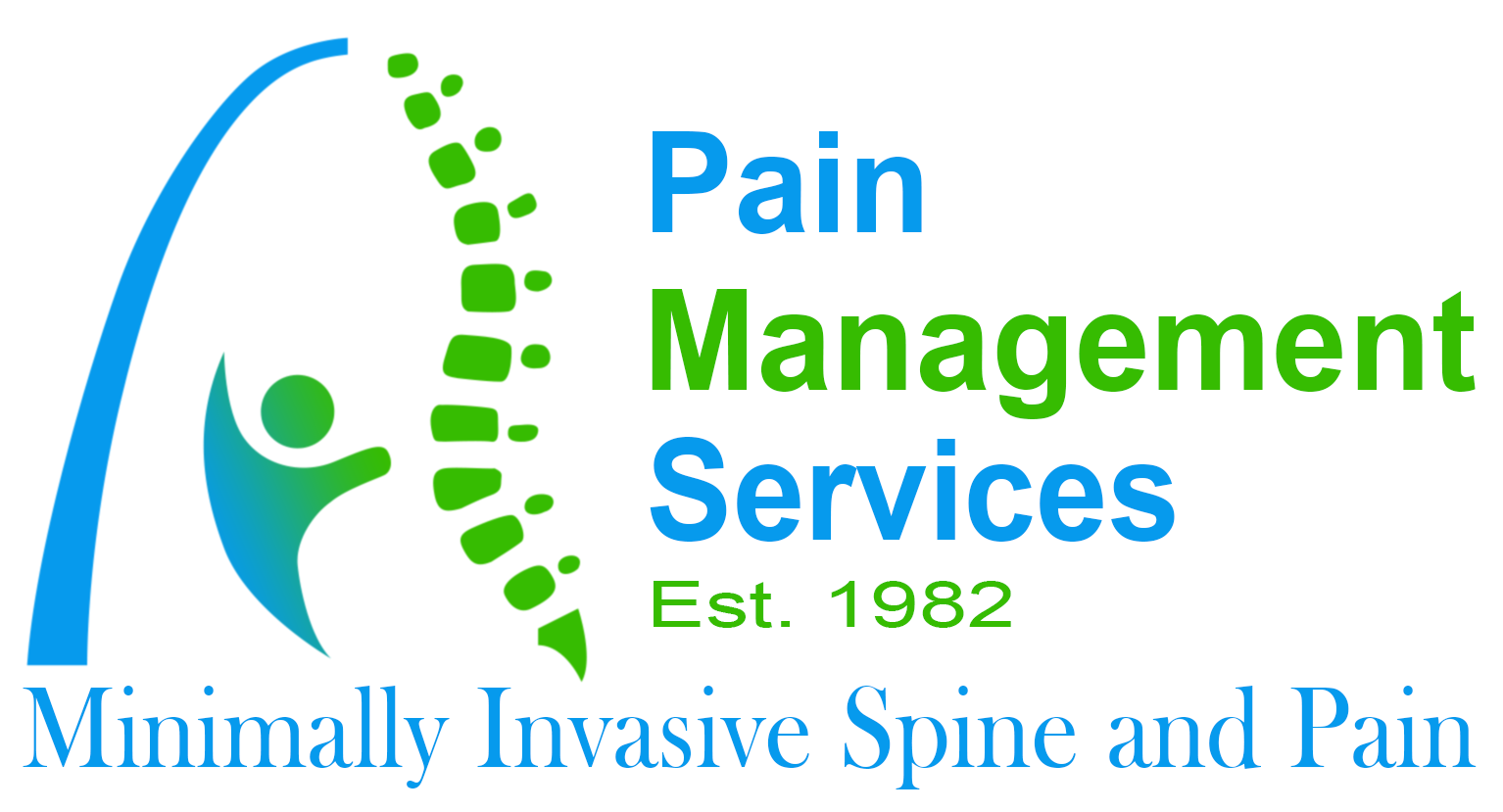Myofascial pain syndrome causes chronic pain that affects millions of people worldwide. This condition occurs when the trigger points throughout the muscles and fascia become tight and tender, leading to discomfort and chronic pain. As a challenging condition to manage, there are still many effective treatment options that can help reduce your symptoms and improve your quality of life. Throughout this article, we’ll review some key aspects of myofascial pain syndrome, what causes it, and how it’s treated.
What To Know About Myofascial Pain Syndrome
Myofascial pain syndrome causes pain throughout the musculoskeletal system and often occurs in a particular area, such as the shoulders, neck, or lower back. This condition is typically caused by a stimulus that sets off the muscle trigger points. The pain is often described as a deep ache, throb, or tight stiffness throughout the muscles. Some forms of stimuli that can trigger the muscles include:
- Repetitive motions or overuse of muscles
- Poor posture or body mechanics
- Injury or trauma to the muscle or fascia
- Stress or anxiety, which can cause muscle tension
When myofascial pain syndrome is acute, it can be quickly resolved after treatments or spontaneously. However, chronic myofascial pain syndrome can often worsen in prognosis, causing symptoms to last over six months or longer.
While chronic myofascial pain syndrome can seem impossible to manage, there are many effective treatment options available. If you work with a physical therapist or pain management specialist, they may provide the following strategies:
- Trigger Point Injections: Trigger point injections can work to provide numbing medications to the triggers in the muscles to relieve pain and relax them. This treatment is considered effective for both acute and chronic pain, and it works by injecting the medication into the painful Knots in your muscles that are sensitive to touch and pressure.
- Physical Therapy: Your physical therapist can teach you various exercises to strengthen and stretch the affected muscles and can work on your body’s range of motion to help reduce pain and prevent further injury.
- Massage Therapy: Working with a massage therapist can help you relieve muscle tension, as they can use techniques such as deep tissue massage, trigger point therapy, and myofascial release.
- Medications: Some medications can provide relief, depending on the type and how they’re prescribed. While over-the-counter medications such as ibuprofen and acetaminophen can help reduce pain and inflammation, prescription medications and muscle relaxants can be used for those with chronic pain with this condition.
Most importantly, through effective treatment options, you can help reduce your symptoms and improve your quality of life!
Contact Pain Management Services For Chronic Pain Relief!
If you’re struggling with myofascial pain syndrome, seeking professional help matters for your health. At Pain Management Services, our pain specialists can help you with a customized treatment plan to manage your symptom, and for more information about our services, call (314) 821-8644 to speak with Dr. Calvin Cajigal, MD, in Ballwin, MO, to schedule an appointment.










